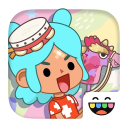The Evolution of Platforming in Super Mario Bros. 3
Sep-23-2024
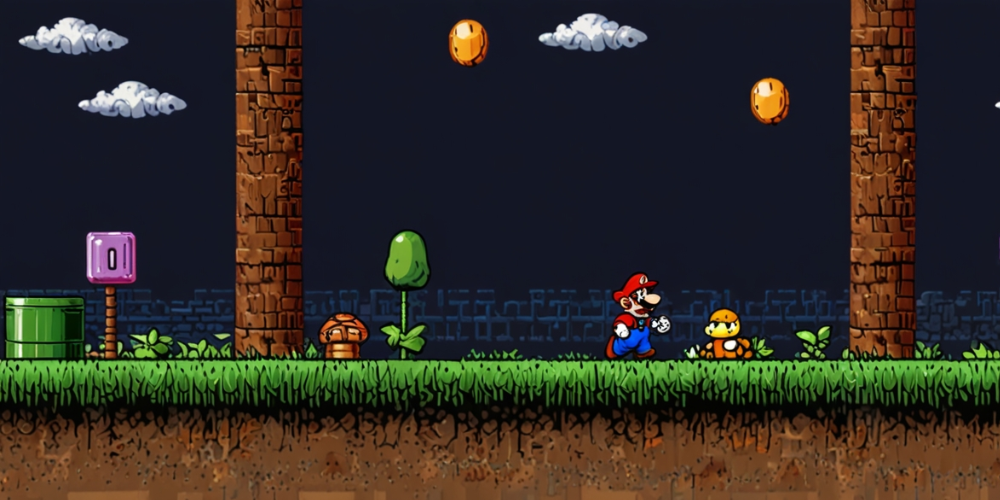
As I reflect on my journey through the world of video games, one title stands out as a true masterpiece: Super Mario Bros. 3. This iconic game, released in 1988 for the Nintendo Entertainment System, not only pushed the boundaries of platforming mechanics but also transformed my understanding of game design and player interaction. I want to share my love for this classic and elaborate on the fascinating evolution of platforming it introduced.
Rediscovering the Basics
Before diving into the innovations of Super Mario Bros. 3, I find it essential to revisit the roots of the franchise. The original Super Mario Bros. laid the groundwork for 2D platforming, establishing key mechanics like jumping, running, and power-ups. However, I quickly realized that the third installment expanded on these basics in ways I could never have imagined.
World Design and Exploration
In Super Mario Bros. 3, the world map presented a significant shift from its predecessors. Each level was a part of a larger, interconnected world. As I ventured through the various maps, I felt a sense of exploration and discovery. The ability to choose my path, explore secrets, and go back to previously completed worlds made the overall experience feel grander and more immersive.
Level Diversity
Ah, the levels! The variety that Super Mario Bros. 3 offered was astounding. From the desert landscapes of Desert Land to the aquatic adventures in Water Land, every segment had its theme and unique obstacles. Each level required me to adapt my strategy, showcasing the game's incredible design and variety. It was no longer just about jumping over obstacles; it was a more complex dance of navigating through levels while interacting with their specific mechanics.

The Impact of Power-Ups
One of my favorite aspects of Super Mario Bros. 3 was the introduction of new power-ups. While the Super Mushroom and Fire Flower were beloved staples, the addition of the Super Leaf and the Tanooki Suit was revolutionary for me. These power-ups allowed for more dynamic movement, enabling me to fly, glide, and tackle levels differently. I quickly learned that using power-ups strategically could be the key to mastering tougher sections of the game.
Enemies with Character
As I ventured through Mario's world, I noticed that the enemies had more personality than ever before. Each uniquely designed enemy came with predictable patterns, which I needed to understand to advance. The introduction of flying enemies and those that could camouflage added complexity to encounters, making every battle feel fresh and engaging. I was also amused by the whimsical design choices, from the mischievous Koopa Troopas to the challenging Hammer Bros.
Mini-Games and Secrets
Throughout my playthrough, I discovered that secrets were lurking everywhere. Hidden blocks, warp zones, and even mini-games kept my interest piqued. The chance to gain extra lives or power-ups in the card-matching game after completing certain levels kept me engaged and encouraged me to replay levels. The thrill of unveiling a hidden secret was akin to finding treasure, igniting my desire to explore even further.
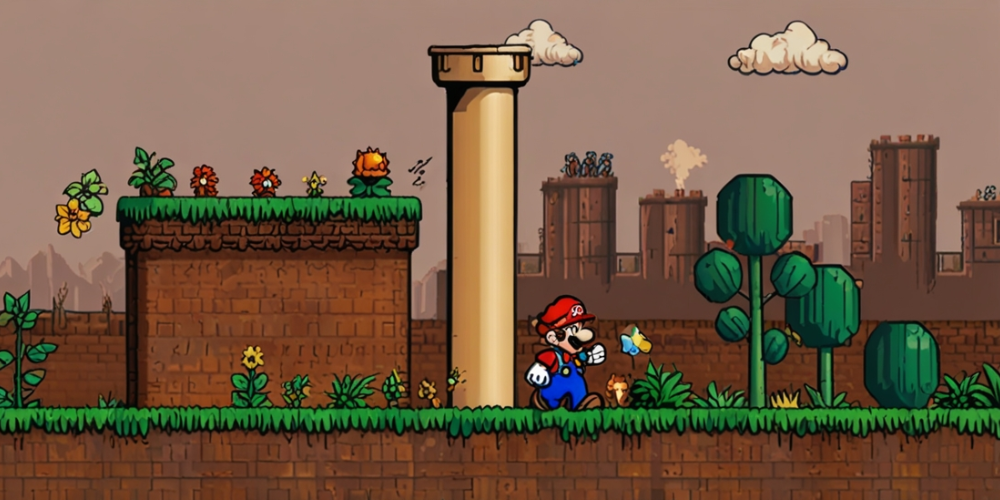
Adaptive Challenges
Super Mario Bros. 3 was a masterclass in balancing difficulty and player skill. I appreciated how the game introduced mechanics gradually. Early levels were forgiving, allowing me to familiarize myself with the controls while presenting a manageable challenge. As I progressed, the game amplified the complexity, pushing my skills to the limit. I often found that the more I struggled, the more satisfying the victory felt when I finally overcame a tough section.
Innovative Boss Battles
The encounters with Bowser and his minions marked a thrilling shift from traditional platforming. Boss battles in Super Mario Bros. 3 required not just agility but also tactical thinking. I had to learn their attack patterns and devise strategies to defeat them. Each battle felt like a culmination of everything I had learned throughout the game and brought a sense of accomplishment when I triumphed.
The Role of Music and Sound Design
As I navigated through the vibrant worlds, I found that the game's music profoundly enhanced the experience. Composed by Koji Kondo, the catchy tunes and sound effects not only established a joyful atmosphere but also provided audio cues that improved my gameplay. The music would shift, signaling a sense of urgency during time-limited sections or evoking nostalgia during intermission moments.
Incorporating Theme into Gameplay
One of the most impressive elements of Super Mario Bros. 3 was how the gameplay mechanics reflected the individual themes of the levels. For example, the ice levels incorporated sliding mechanics that added a layer of uniqueness and challenge, while the airships introduced platforming elements high above the ground, combining danger with excitement. I felt immersed in each setting; the gameplay seamlessly blended with the thematic elements.
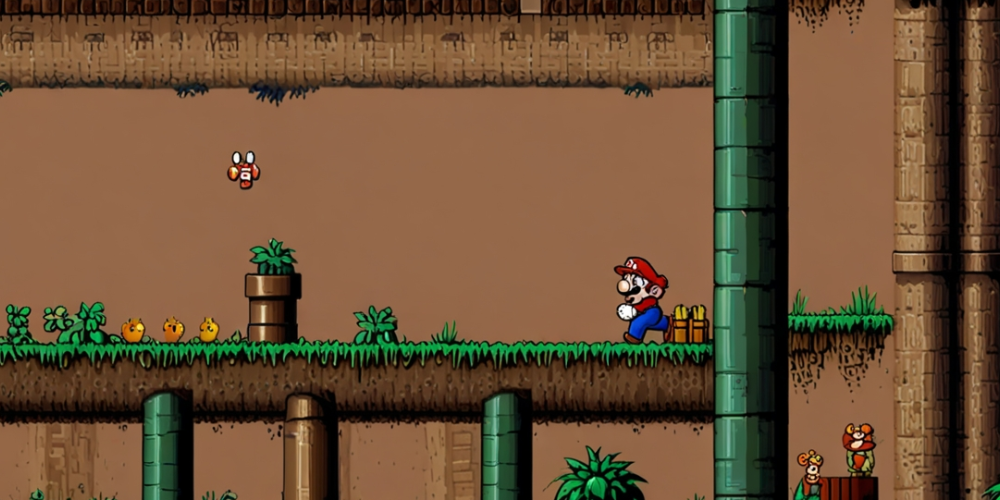
Visual Innovations
Visually, Super Mario Bros. 3 marked a substantial upgrade from its predecessors. The colorful graphics and vibrant character designs brought a lively feel to the game. I was captivated by the attention to detail in the environments, from the lush greens of the grasslands to the eerie aesthetics of the ghost houses. This visual appeal drew me into each level, making them more memorable and engaging.
The Legacy of Super Mario Bros. 3
The impact of Super Mario Bros. 3 rippled across the gaming world, influencing countless titles that followed. As I delved into the realms of other platformers, I recognized just how much this game had shaped the genre. The mechanics I learned from Mario's adventures became foundational in my appreciation for platforming games even beyond the Nintendo universe.
Creating Strategies and Sharing Experiences
The cooperative and competitive element of gaming caught my attention as I shared my experiences with friends. We often compared strategies and high scores, cleverly using power-ups to outdo one another. The excitement of sharing tips and uncovering secrets transformed our gaming experience into a collaborative journey. We became comrades in the quest to master the intricate mechanics of Super Mario Bros. 3.
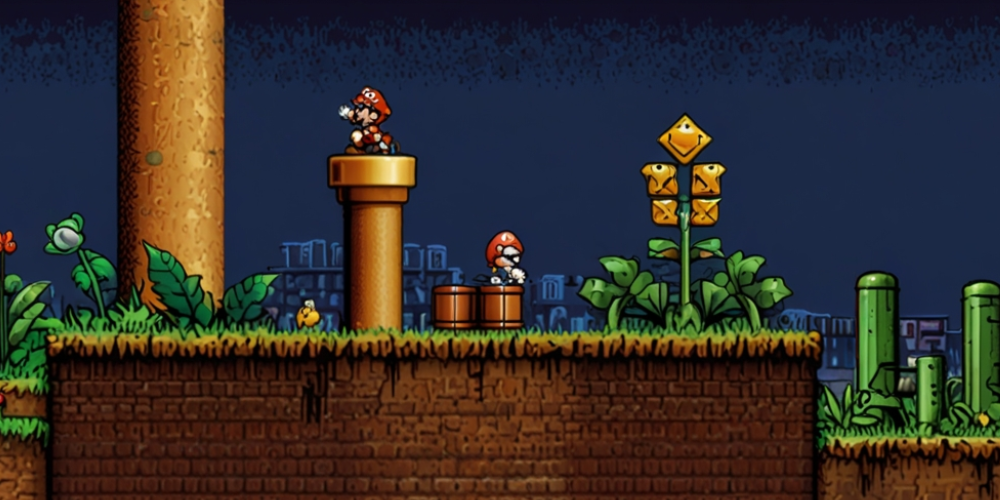
A Cultural Phenomenon
Super Mario Bros. 3 transcended mere gaming; it became a cultural touchstone. The character of Mario himself became an iconic figure, recognized well beyond the realms of gaming. As I witnessed the cultural references in television shows, merchandise, and even those classic cartoons, it became evident that Mario was more than just a character—I was part of a larger movement that celebrated this joyful franchise.
The Emotional Connection
Ultimately, what lies at the heart of Super Mario Bros. 3 is the emotional connection it forged with players like me. The joy of exploration, the thrill of challenge, and the satisfaction of achieving my goals resonated deeply within me. The memories and experiences from those gaming sessions remain vivid, evoking nostalgia and warmth each time I revisit the game.
Final Reflections on My Journey
As I conclude this exploration of Super Mario Bros. 3, I realize that my journey through this platforming masterpiece shaped not just my gaming preferences but also my understanding of design, storytelling, and community. It stands as proof of the artistic merit of video games and the enduring influence they can exert on individuals such as myself.



